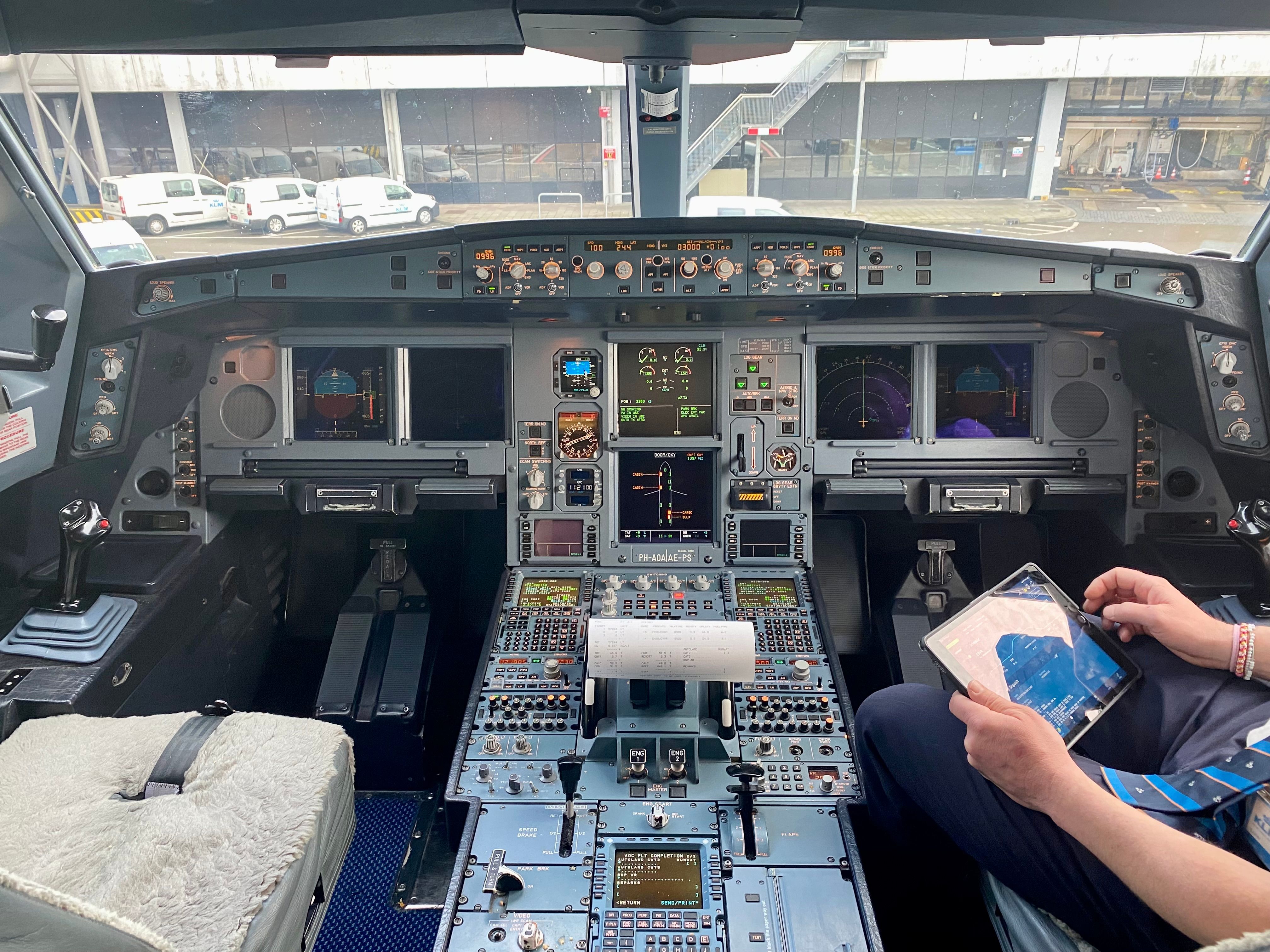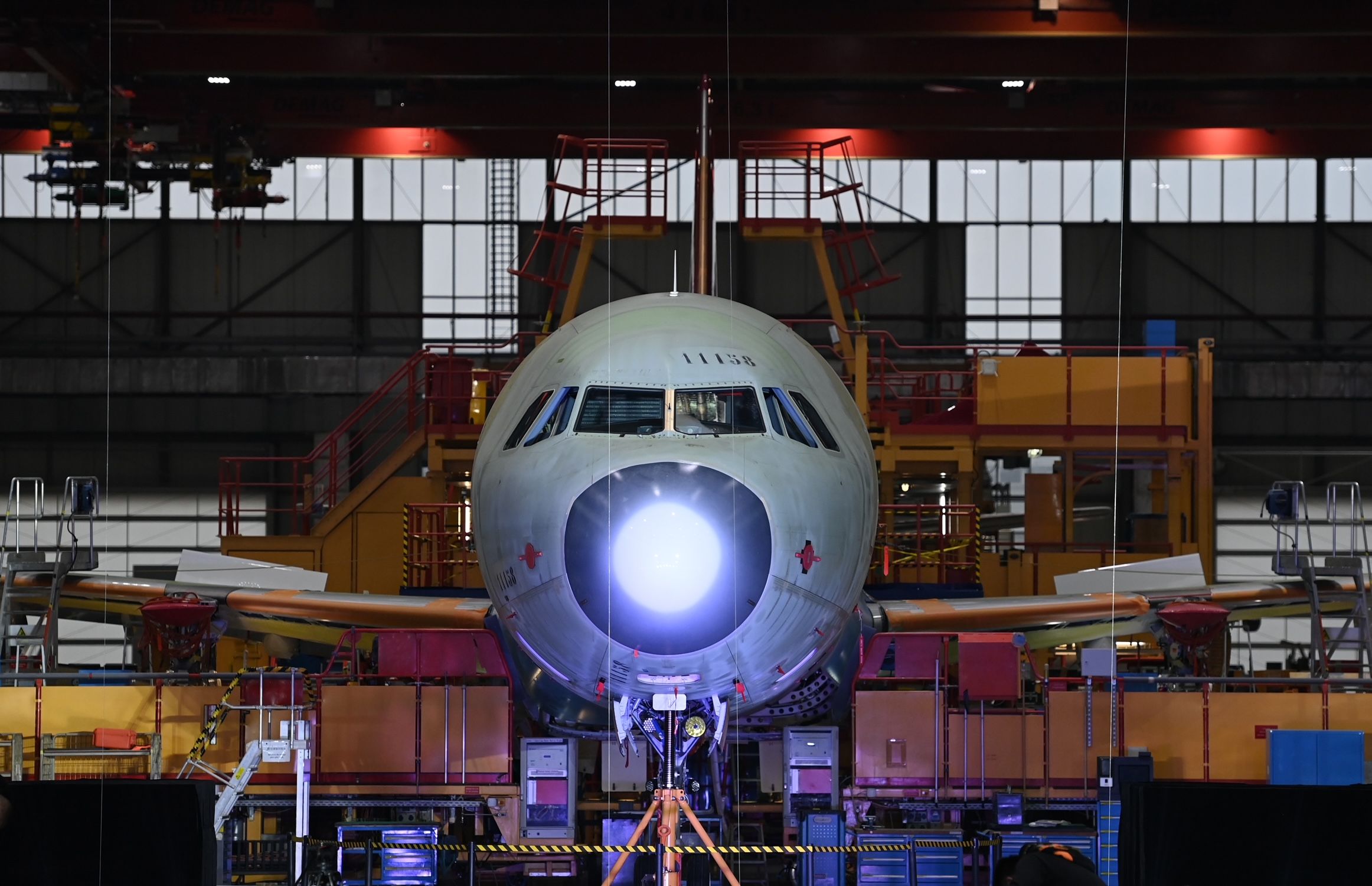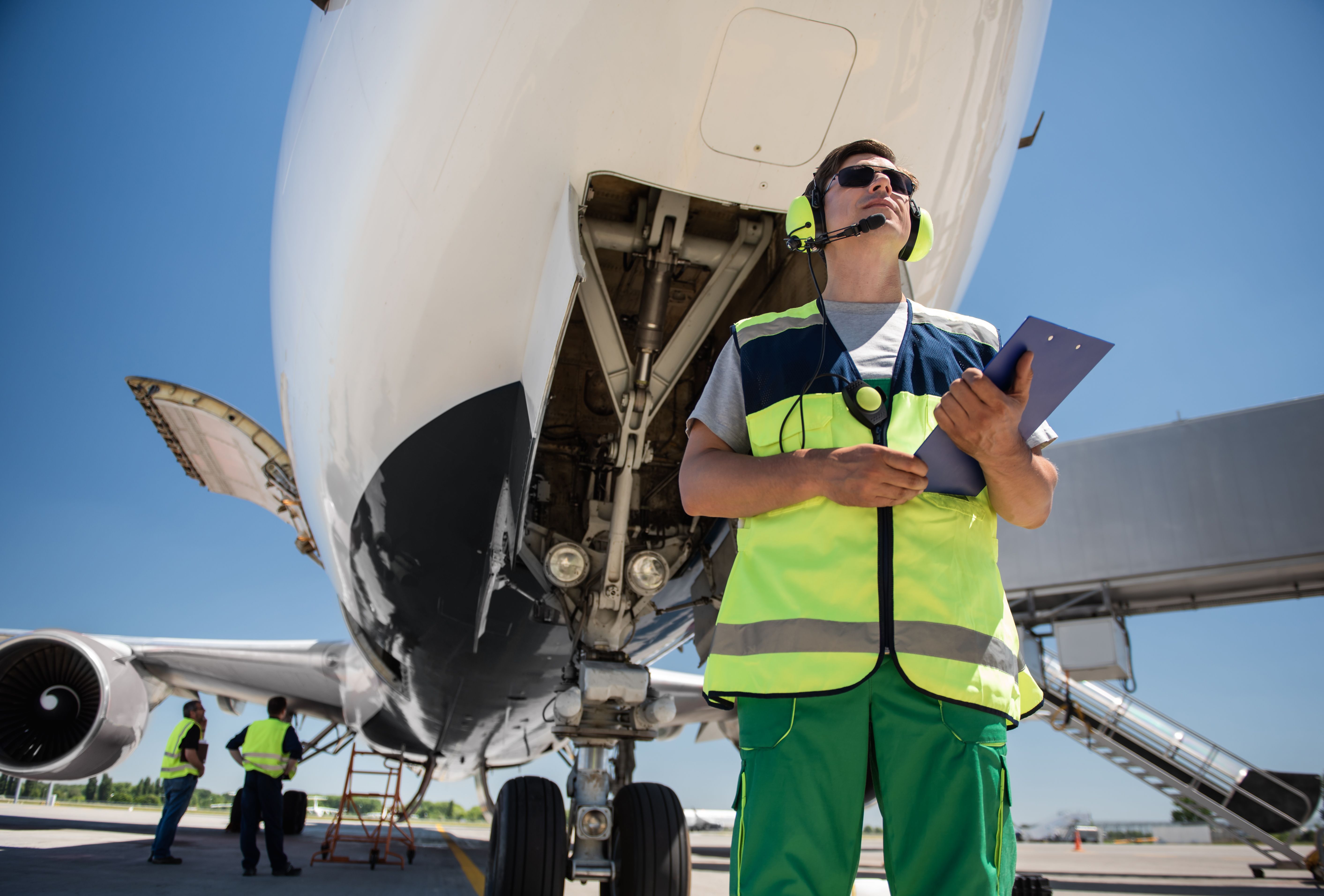Have you ever been pulled over on the road by authorized personnel who inquired about your car registration papers? While there is no stopping and checking for airplanes at cruising altitudes, some paperwork, including the aircraft registration, must be onboard at all times for General Aviation aircraft.
The Federal Aviation Administration (FAA) requires commercial aircraft in the US to have four pieces of paperwork onboard before it can fly. These are the airworthiness certificate, registration certificate, operating manual, and weight & balance. The regulatory authorities use the acronym AROW for this requirement.
Before jumping into the details of each, it is noteworthy that a fifth requirement, the radio station license and hence the acronym ARROW, was in place until December 12, 1996. The Federal Communications Commission (FCC) dropped this requirement for all US-registered aircraft operating in domestic US airspace.
Airworthiness Certificate
The Airworthiness Certificate is issued when the aircraft meets its design requirements and is in condition for safe operations. The maintenance authorities ensure that the aircraft meets its type design requirements even after continuous maintenance due to routine wear.
Moreover, preventive maintenance in accordance with the type certificate must be performed to keep the airworthiness certificate in effect. A valid airworthiness certificate must accompany the aircraft before it leaves the ground.
Registration certificate
The registration certificate is one of the most critical regulatory documents of the aircraft. For example, The FAA cannot issue an airworthiness certificate or an airworthiness directive unless the aircraft is registered in the US. The registration certificate includes the nationality and registration number of the aircraft.
Aircraft registered in the US receive the N number displayed on the aircraft. Under the International Air Navigation Convention held in 1919, the US received “N” as its nationality designator. General Aviation aircraft typically have a single letter indicating nationality followed by a hyphen and four or five identity letters.
Operating manual
The aircraft must present a current and approved operating manual (also known as the flight manual). The operating manual provides flight and performance information critical for the safe operations of the aircraft. The operator’s (or the owner’s) responsibility is to keep the manual current in accordance with the aircraft type certification.
During maintenance checks, the authorized maintenance personnel may determine if the operating manual needs to be updated. The operating manual may become outdated due to compromised equipment or overdue maintenance. A current operating manual showing aircraft performance limits and flight requirements must be present in the aircraft.
Weight and balance
The weight and balance is the most critical technical document in the aircraft, which is directly related to the airworthiness of the aircraft. Weight and balance forms must be current and in effect based on the power and environmental conditions the aircraft fly in.
Flight engineers and ground personnel should also review the weight and balance records to ensure accuracy. Outdated or improper weight and balance records may lead to catastrophic events involving the aircraft.
Summary
The Airworthiness Certificate determines the aircraft’s condition for safe operations. The registration identifies the certificate, whereas the operating manual lists the flight performance limits of the aircraft. The weight and balance information shows the technical configuration of the aircraft. These four documents must be present in the aircraft prior to flight.
What do you think about the documents that must be present in the aircraft before its flight? Tell us in the comments section.



